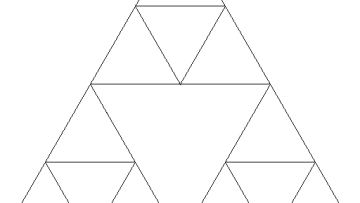Dehn's problems and Houghton's groups
Abstract
Deciding whether or not two elements of a group are conjugate might seem like a trivial problem. However, there exist finitely presented groups where this problem is undecidable: there is no algorithm to output yes or no for any two elements chosen. In this talk Houghton groups (a family of groups all having solvable conjugacy problem) will be introduced as will the idea of twisted conjugacy: a generalisation of the conjugacy problem where an automorphism is also given. This will be our main tool in answering whether finite extensions and finite index subgroups of any Houghton group have solvable conjugacy problem.


